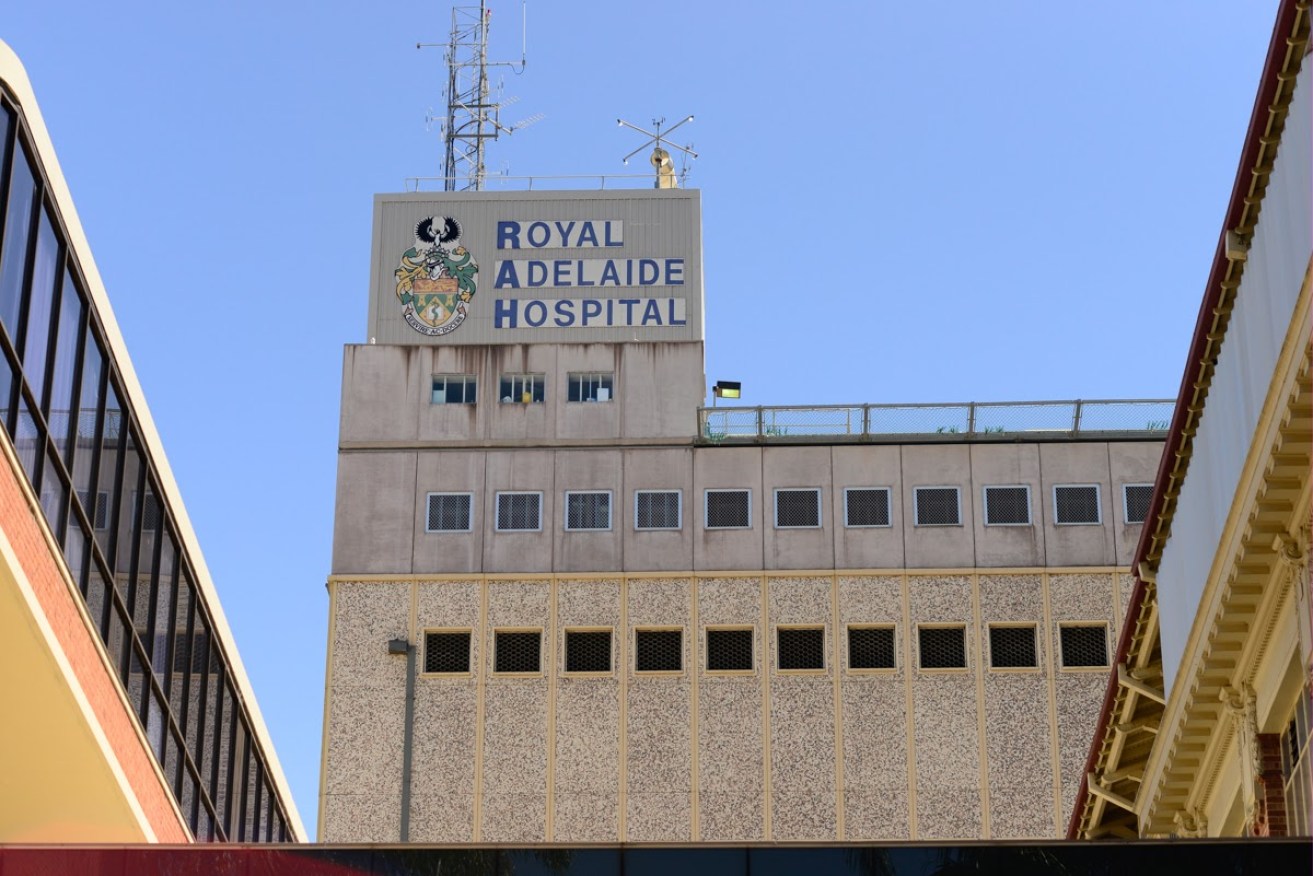Tied down: nearly 4000 SA patients restrained last year
South Australian mental health patients were physically or mechanically restrained almost 4000 times in 2014-15, new SA Health figures show.


Acute mental health services at SA hospitals often restrain or seclude mental health patients. Photo: Nat Rogers/InDaily,
The new statistics, released to InDaily, show mental health patients were restrained 3925 times, and held alone in a room 580 times, in the year to July 2015 in South Australia.
The State Government has summoned a group of trauma experts from the US to provide new training to health, corrections and other staff later this year in response to the crisis.
According to the National Mental Health Commission, restraint and seclusion practises compromise patients’ human rights, have no therapeutic value, result in emotional and physical harm, and can indicate “a system under stress”.
SA Chief Psychiatrist Aaron Groves told InDaily this morning that the use restraint and seclusion was commonplace in mental health services, including hospitals, and was damaging to patients.
“Restraint and particularly seclusion always causes additional issues for the [patient],” Groves said.
He said confining patients to an area or room by themselves, with little or no stimulation, can remind those patients of traumatic circumstances in their past, and add to that trauma.
Because of this, patients can become increasingly frightened, and agitated, and must be kept in what is essentially solitary confinement for longer periods.
He said restraint and seclusion practises were “a human rights issue”, but physical injuries from restraining patients were “very, very rare today”.
“[And] we need to think about the human rights of the people around [patients] who might be harmed.”
Groves said that some other jurisdictions had managed to dramatically reduce, or even eliminate, the use of restraint and seclusion in mental health services.
“There is good evidence from hospitals in some parts of Australia and around the world that the use of restraint and seclusion can be almost eliminated with concerted long term effort, using effective strategies,” he said.
In a joint initiative with the Mental Health Commission and the University of South Australia, the State Government has asked experts from the US National Centre for Trauma-Informed Care to conduct training workshops for South Australian health and corrections staff in May.
Groves said the US experts would work with SA staff on techniques to prevent patient agitation in the first place – as opposed to de-escalation techniques required once a patient is already agitated.
“[South Australian] training’s been focused on … when a patient is [already] aroused or agitated,” said Groves.
However, he insisted, “I don’t think it’s a lack of training” among SA Health staff that was the problem.
Minister for Mental Health and Substance Abuse Leesa Vlahos told InDaily that “staff have developed and implemented a number of strategies to reduce the use of both restraint and seclusion, resulting in South Australia having one of the lowest seclusion rates in Australia in both 2014 and 2015”.
“[However] the use of restraint and seclusion is an area which requires improvement, and our dedicated clinical staff are committed to bringing the number of cases down.
“Ideally we want to prevent patients getting to a point where restraint or seclusion becomes the only option.”
Despite the high numbers of restraint and seclusion in South Australia, Groves said the state’s mental health system performed “fairly well” compared with other states.
According to Groves, South Australia had among the lowest seclusion rates in the country.
But comparison between the states regarding the use of restraint was more difficult, he said.
Up until the current reporting year 2015-16, statistics about patient restraint had been collected inconsistently by each of the states.
In South Australia, Groves told InDaily, mental health services began to record the use of mechanical restraints that were not previously considered “restraint” incidents as of 2014-15.
The definition of “restraint” now includes the use of “lap belts” that prevent older patients with dementia or Alzheimer’s from standing (these patients have a high risk of injury through falling over).
Groves said the revised definition was the main reason the numbers of recorded restraint incidents jumped from 1054 in 2013-14 to 3925 in 2014-15.
He said the US experts would not charge for their services, aside from the cost of flights.




